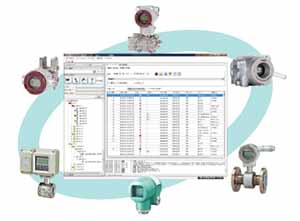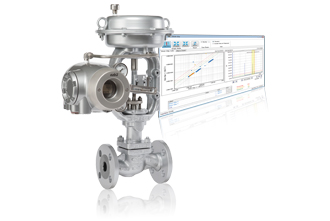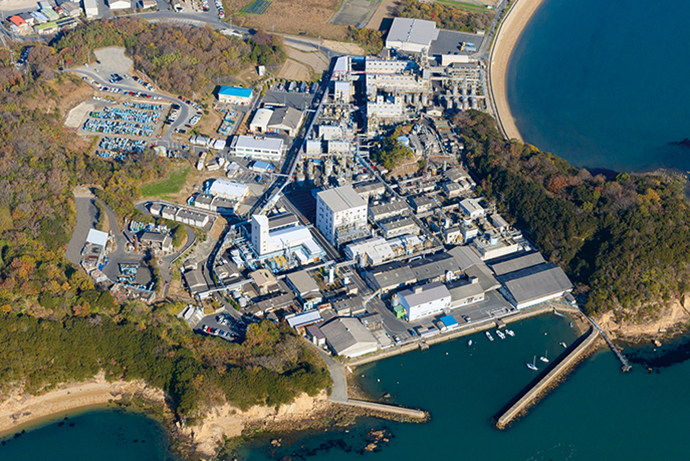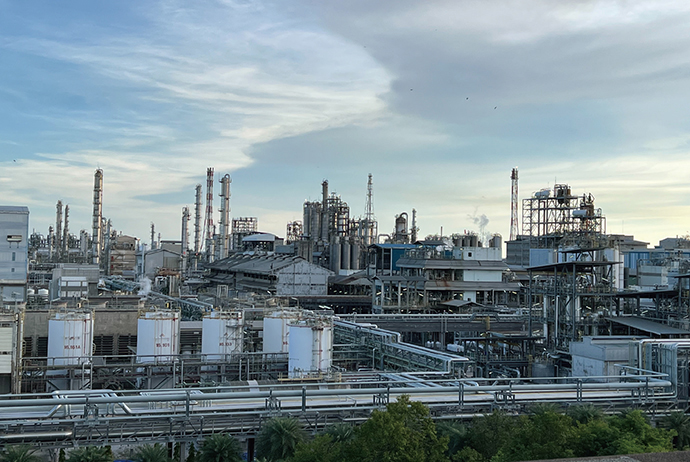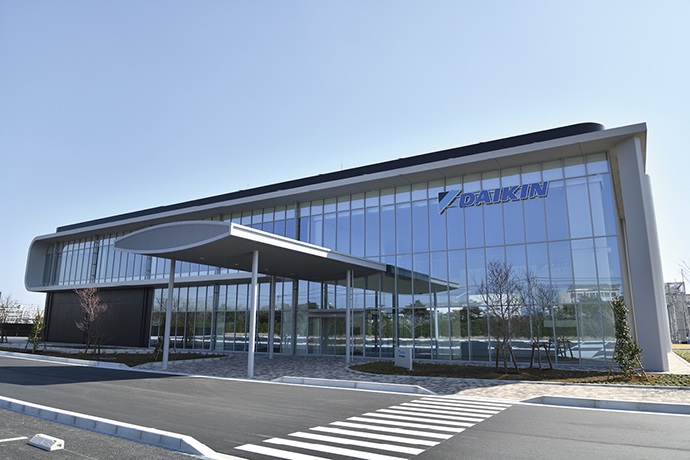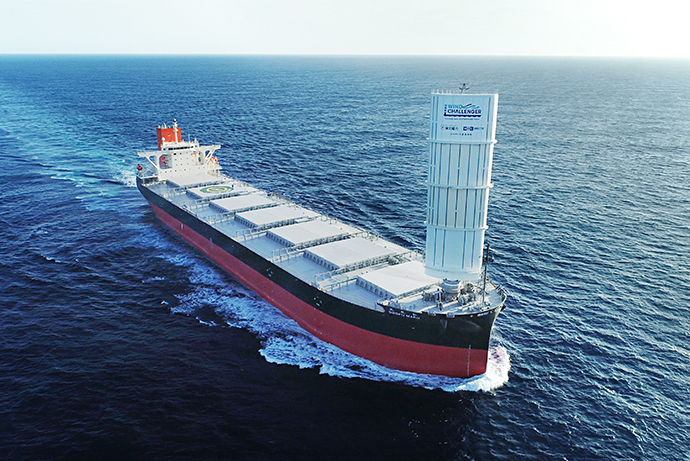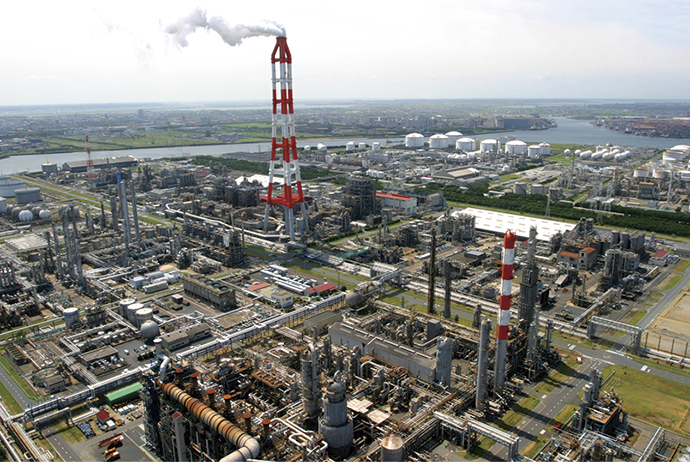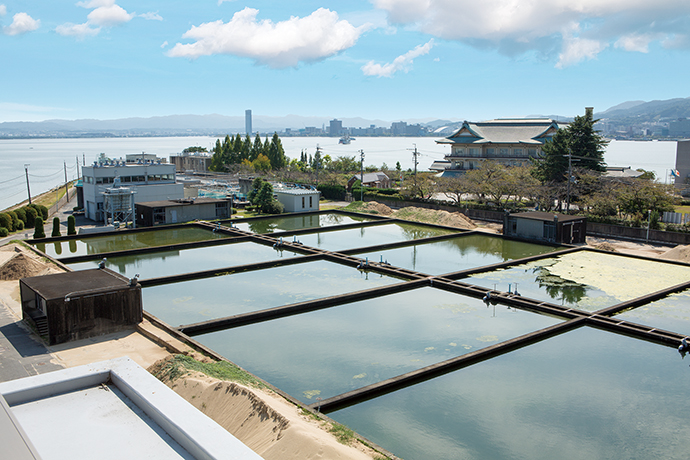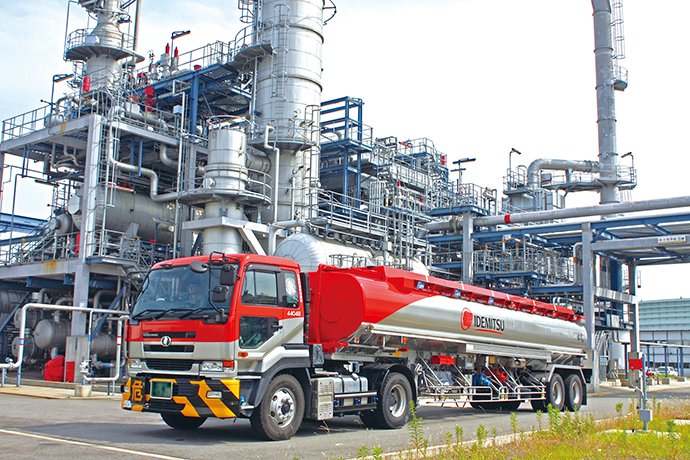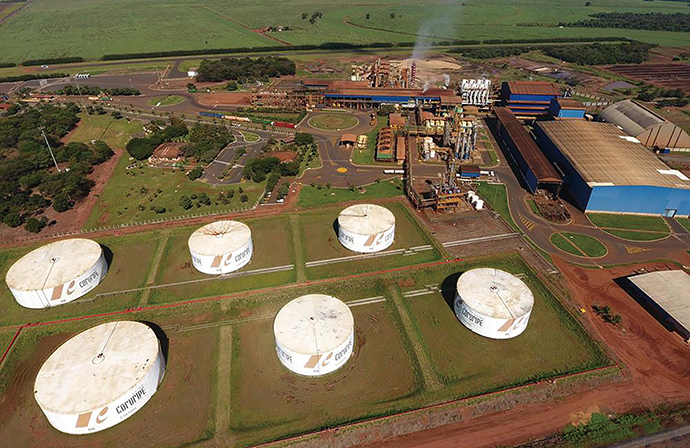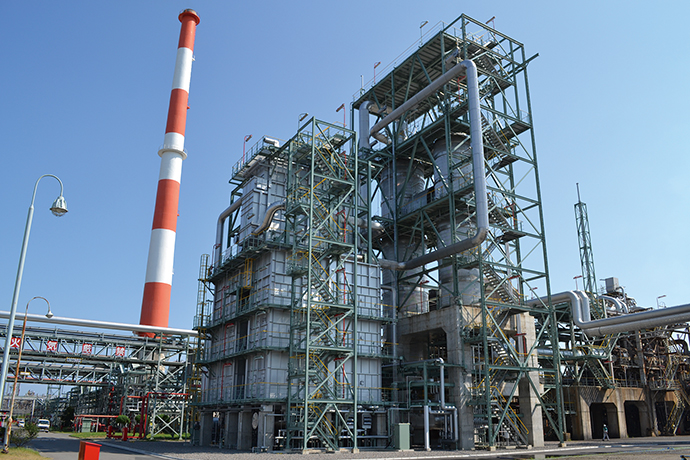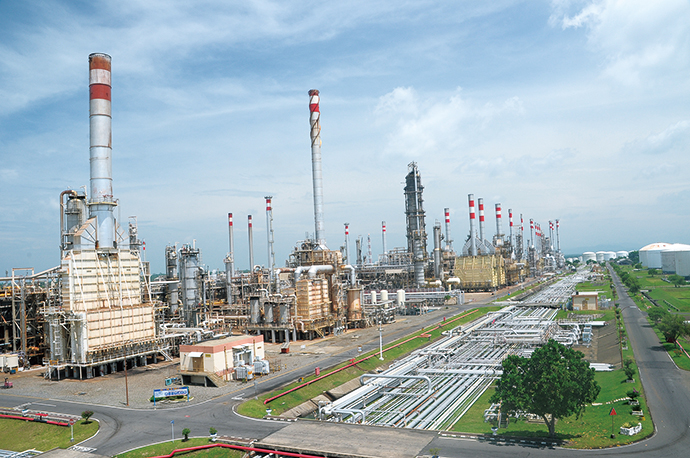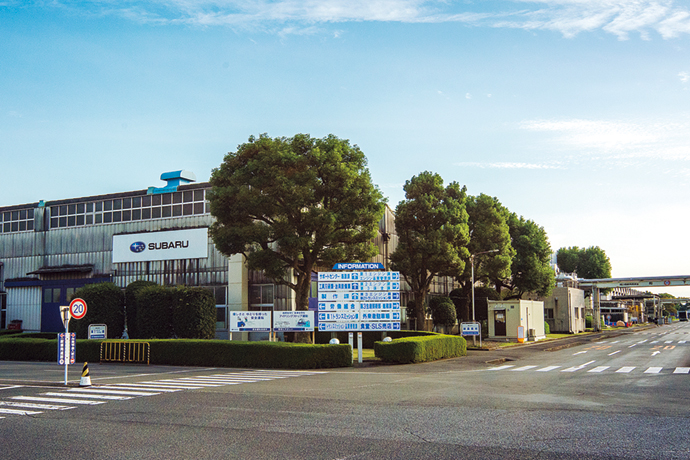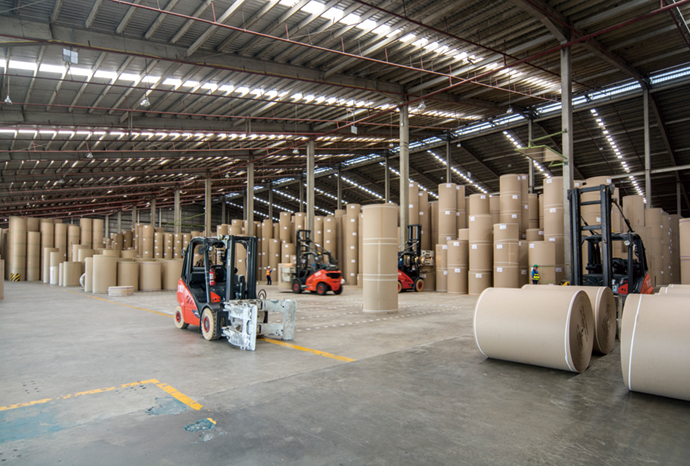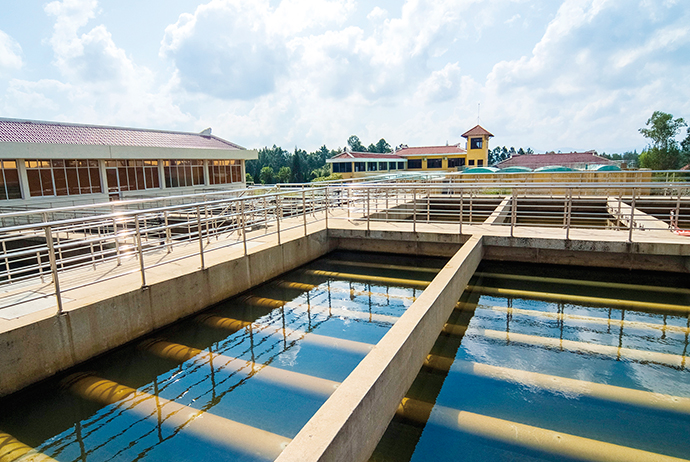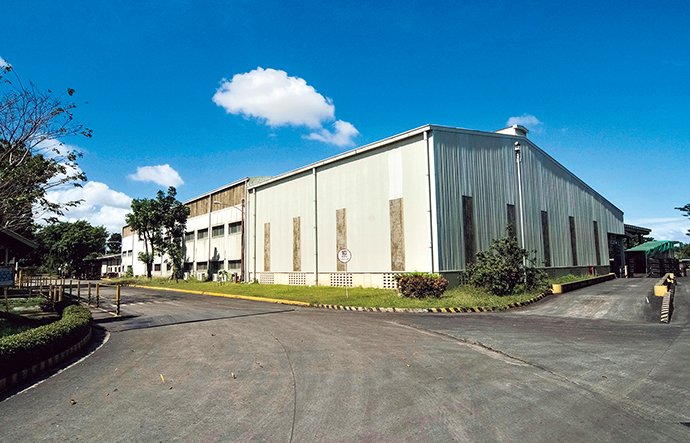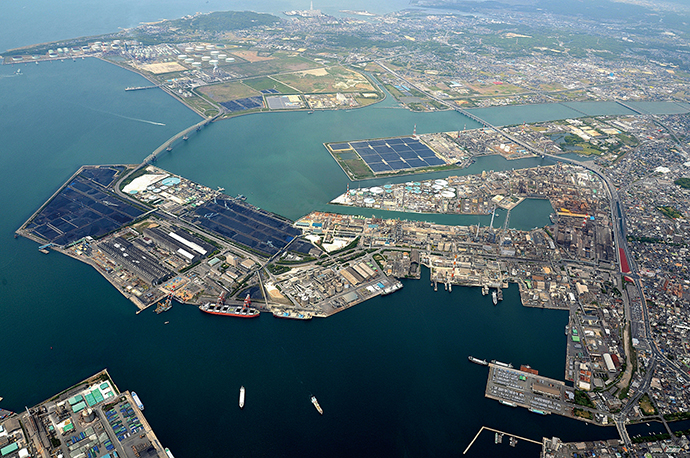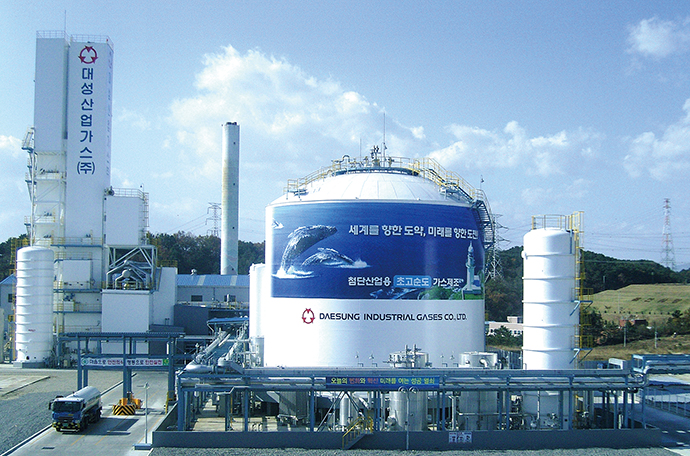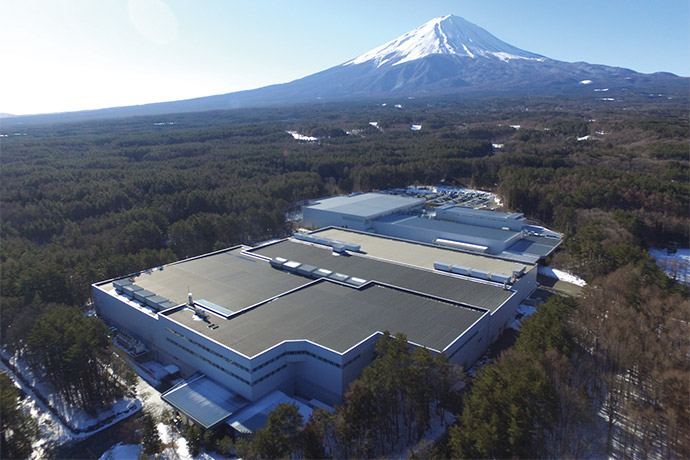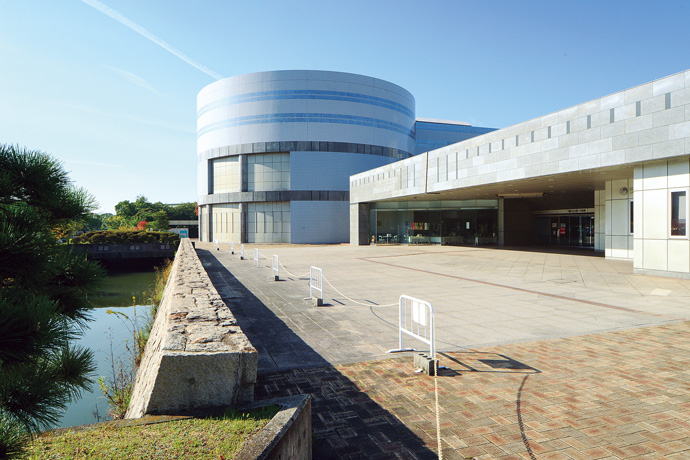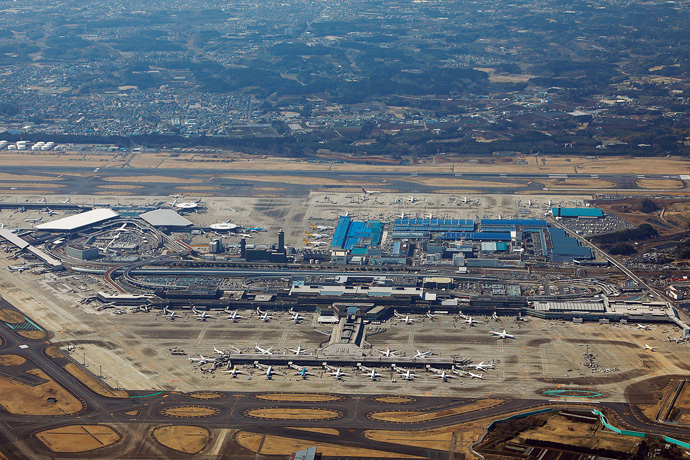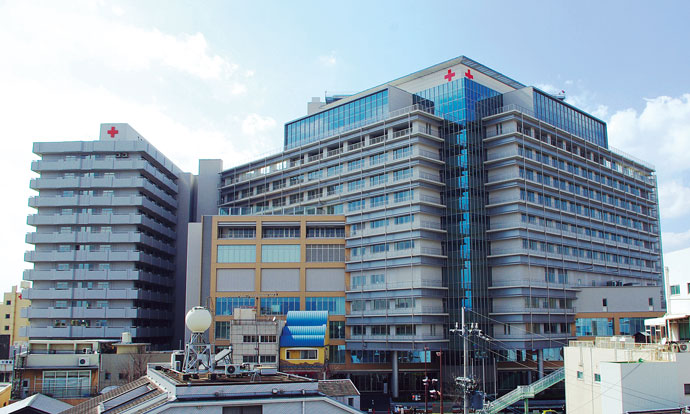Mitsui Chemicals Osaka Works
The Mitsui Chemicals Osaka Works produces petrochemicals and basic chemicals that are widely used as materials for automobile parts and home appliances. When expanding the polyolefin manufacturing facilities there, the company installed a device management system to promote equipment management using HART® communication. This enables labor-saving maintenance and early troubleshooting of onsite equipment like valves.
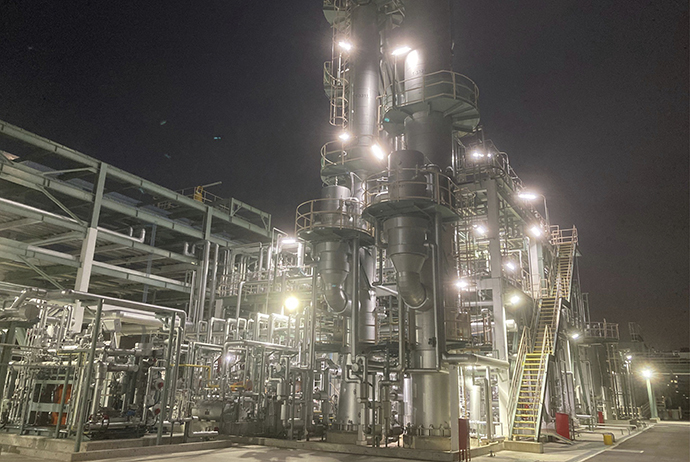
Factories and Plants Oil Refining and Petrochemical Cost Reduction Quality Control Reliable Operation Operation Improvement Industrial Automation Control and Monitoring Systems and Software Control Valves and Actuators Diagnosis of Factory and Plant Equipment
Products/Services Provided
Full utilization of HART communication data prioritized in petrochemical plant expansion
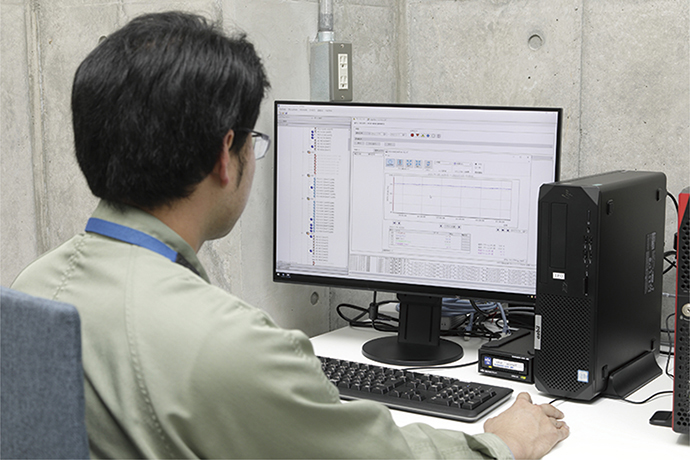
Monitoring screen of the device management system installed in the plant control room. The operating status of field devices can be checked from the control room without going to the field.
Since its founding in 1912, Mitsui Chemicals has helped to enrich people’s lives while developing various chemical businesses. Among these is the Basic & Green Materials business, which is related to petrochemicals and basic chemicals, and aims to create diverse value that contributes to the solution of societal problems through the power of chemistry.
The Osaka Works was established in 1964 as the Osaka Industrial Works in the Sakai-Semboku coastal industrial zone in Japan. It produces petrochemical products.
A plan to increase the production of special polyolefin used for smartphone lenses led to the decision to expand the Osaka Works. In its construction of a new plant there, the company aimed for stable and labor-saving operation by using HART communication.*1
“The active use of HART communication data is a company-wide policy at Mitsui Chemicals. The aim is stable operation and efficiency in the human work of diagnosis, maintenance, and plant operation monitoring, all of which leads to reduced costs and improved product quality,” says Yusuke Yamamoto of the Technical Department.
For these reasons, a decision was made to introduce Azbil Corporation’s device management system for the management of field device maintenance information using HART communication.
“Azbil’s DCS*2 was monitoring and controlling operations at the existing Osaka Works plant, so the same system was introduced at the new plant as well. The device management system had already been introduced at other Mitsui Chemicals sites, so we have a track record of making progress in its utilization,” says Mr. Yamamoto.
With HART Variables Bridge, the DCS can utilize operating information about plant devices
The Osaka Works has experience using Azbil’s control valve maintenance support system for the purpose of diagnosing valves. The system uses data collected via HART communication to visualize the status of valves, which are among the most important pieces of equipment in the production process. At the new plant, in order to utilize data collected by HART communication, the company made approximately 90% of devices like valves and flowmeters HART-compatible, and installed the device management system in addition to the control valve maintenance support system. The HART Variables Bridge tool is used so that the information collected by HART communication can be used by the DCS. Operation of these equipment management systems began as soon as the new plant came online in June 2022. HART communication with various devices in the plant makes it possible to instantly check the details of basic parameters such as the device connection status, vendor, range, etc., without going to the device, and also to collect and store data from operating devices in real time.
In the previously existing plants, valve operating status is visualized by the control valve maintenance support system, but in the new plant, thanks to the HART Variables Bridge, the DCS control output and the actual degree of valve opening are displayed side by side on the instrument faceplate on the DCS monitoring screen, making any difference between the two values immediately apparent.
“In the past, even if the valve was opening and closing abnormally, the operator would first find out about it from a flow rate abnormality on the DCS monitoring screen, and then somebody would have to go to the location of the valve to check it and clarify the situation. Now that we can check the actual opening of the valve on the DCS monitoring screen, we can identify problems more quickly than ever before and take countermeasures much earlier. Operators feel relieved just by being able to see the actual amount of valve opening,” says Takato Suguchi of the Technical Department.
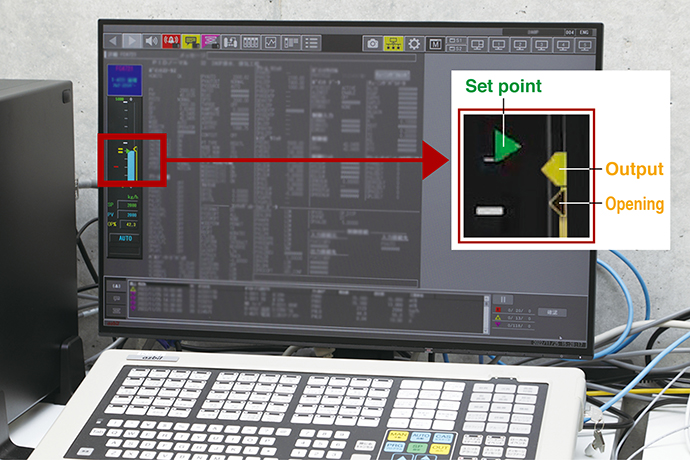
On the faceplate at the left of the DCS monitoring screen, the degree of opening specified by the command issued to the valve and the actual amount of valve opening (received as a HART variable) are displayed side by side so that the difference can be checked visually.
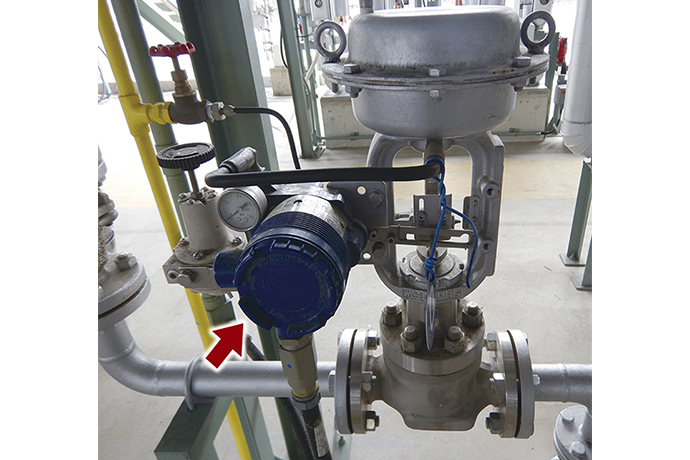
HART communication between the smart valve positioner attached to the valve and the device management system allows the operating status of field equipment to be visualized.
Early troubleshooting supported, and greater efficiency at startup expected
The company now believes that the introduction of a device management system with HART communication support will lead to analysis of problems and their prompt resolution.
“The other day, we had a problem with a valve not closing, and when we overhauled it, we found there were scratches inside where foreign matter accumulated, causing a clog. Then we checked that valve’s trends with the control valve maintenance support system, and we found detailed data on a series of developments, such as the time of foreign matter accumulation, repeated opening and closing movement, and the final clogging. When a problem occurs, the situation can be understood from the device management system or the DCS monitoring screen, and I am convinced that this will be very useful for early resolution of problems in the future,” says Mr. Suguchi.
“Also, when we want to add new monitoring points, thanks to HART communication, we can easily do so by simply changing the software settings without adding signal lines. We are now able to respond quickly to requests from the field,” adds Mr. Yamamoto.
In the future, the company would like to utilize the results of diagnosing valves at the Osaka Works to monitor and maintain the operation of other equipment. For example, it plans to use the device management system for equipment inspections during the regular maintenance*3 that the factory conducts every year.
“Previously, at the time of startup after regular maintenance, several maintenance personnel and operators were assigned to the field and the control room, and loop checks were carried out over several days, but by using the automatic loop check function of the device management system, we now finish the loop checks in less than a day. Since equipment diagnosis that used to take about a week can be now done in a day, we can hope and expect to improve work efficiency,” says Mr. Suguchi.
“Furthermore, we are aiming to use the detailed data on each device that is collected by the device management system for the detection of warning signs and for preventive maintenance using AI-based systems. In this and other situations, I have great expectations for Azbil’s further proposals for utilization of the accumulated data,” says Mr. Yamamoto.
glossary
*1 Highway Addressable Remote Transducer communication
Communication between field devices and controllers, indicators, etc., which is widely used worldwide as an industry standard.
*2 Distributed Control System
A dedicated system for monitoring and controlling the manufacturing processes and production equipment of plants and factories. To achieve an even distribution of load, the DCS manages the functions of each device over a network, resulting in safety and excellent maintainability.
*3 Regular maintenance
Large-scale inspection and repair that is performed at regular intervals at various manufacturing factories and plants.
Learn about the customer

Chief
Instrumental Team 2
Instrumental Section, Technical Department
Osaka Works

Instrumental Team 1
Instrumental Section, Technical Department
Osaka Works
Mitsui Chemicals Osaka Works
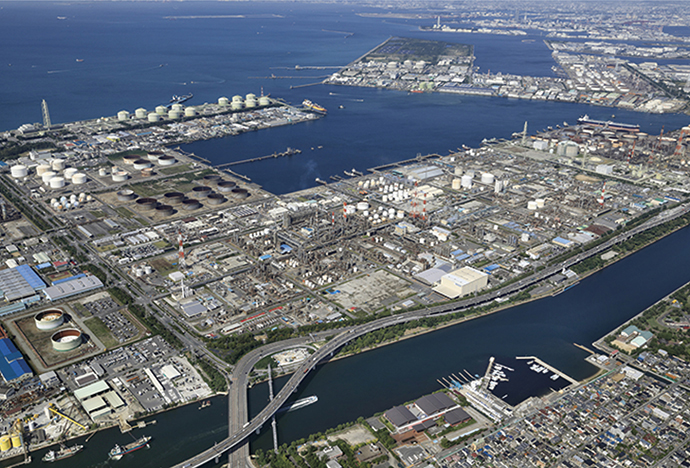
Mitsui Chemicals, Inc., Osaka Works
- Location: 1-6 Takasago, Takaishi City, Osaka Prefecture
- Start of business operations: 1964
- Products: Olypropylene, phenol, bisphenol A, ammonia, urea, silane gas, etc.
This article was published in October 2023.


